5 pieces of '90s studio gear that we need back right now: "Making music in the '90s, you needed an awful lot of awfully average music gear, a lot of space and a vivid imagination"
1990s music gear might be a bit rubbish compared to today's, but its genius was in its limitations…
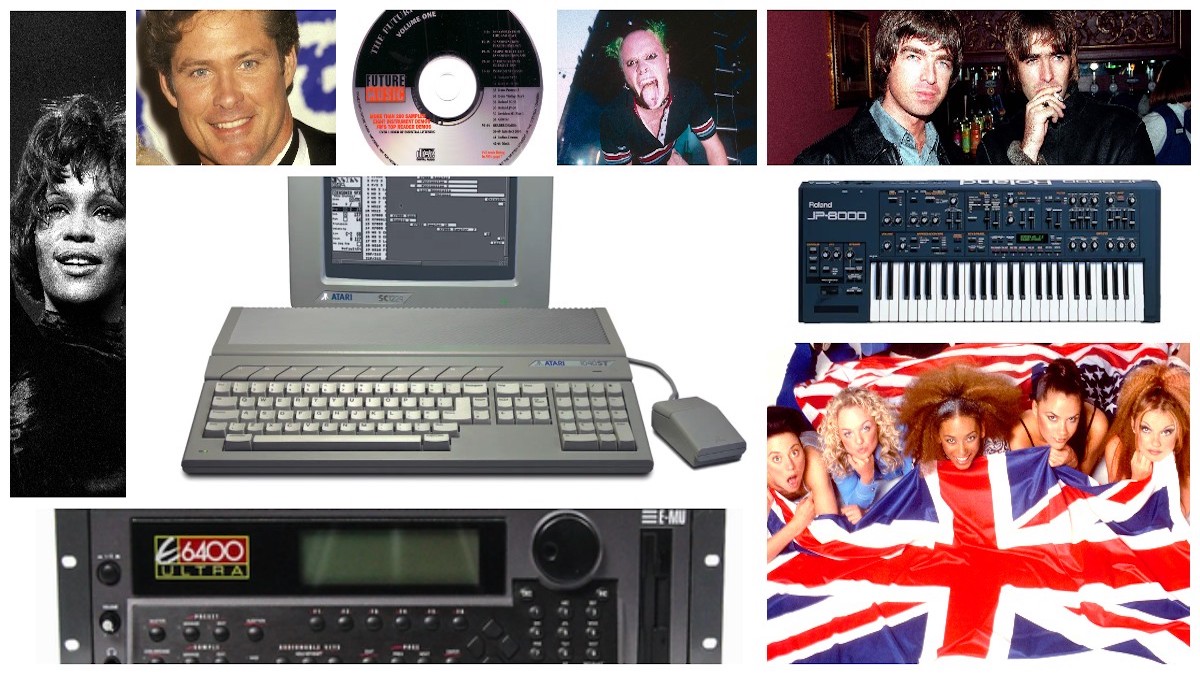
The 1990s was all Britpop, dance music, people with curtain haircuts, and power ballads. In the recording studio, it was even worse. Compared to 2024, a 1990s recording space was filled with a ton of gear that did an ounce of work. But that was its genius…
"Limitation is the sincerest form of creativity," is a phrase we just made up – and one based on a much cleverer one that someone else made up – but it does apply to 1990s music gear.
Anyone under the age of about 40 will not understand this, but back in the 1990s, if you wanted to make music, you needed an awful lot of awfully average music gear, a lot of space and a very vivid imagination.
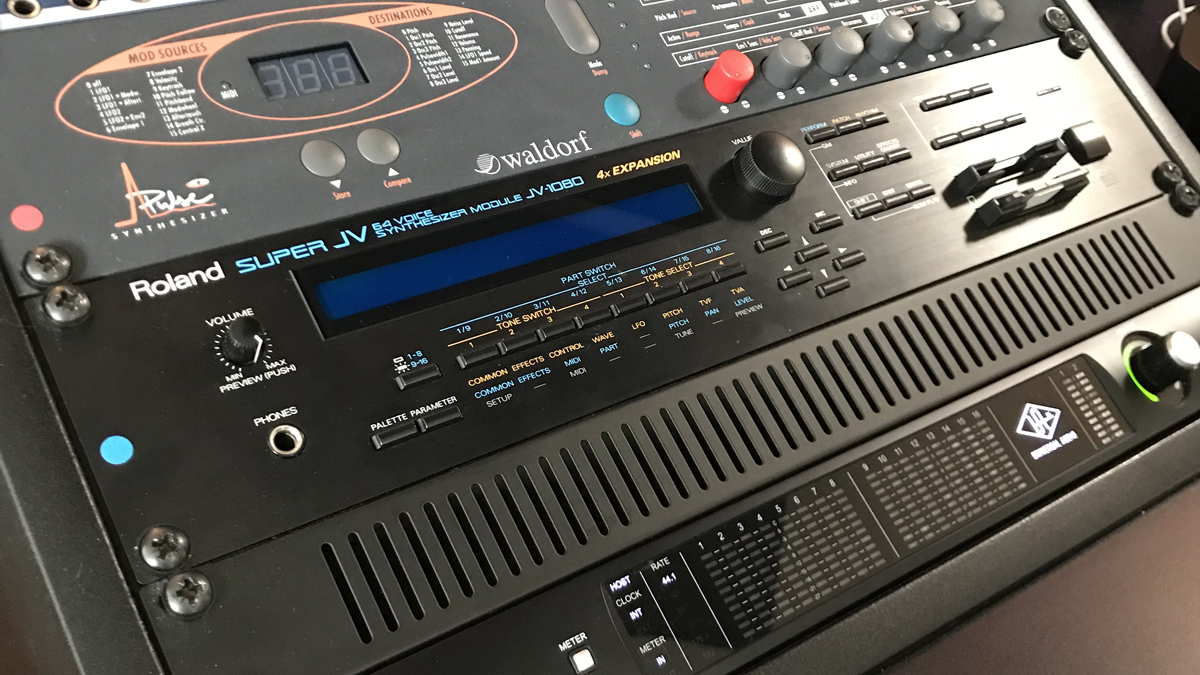
There were no laptops that did everything, cool walls of modular synths that did everything, nor hardware Native Instruments/Akai style DAW-in-a-boxes (that did everything).
We had to make music with a mountain of gear, all inside a room with a two megabyte ceiling
We had computers with no hard drives, synths with no analogue, effects with no multi and everything with no memory. We had to make music with a mountain of gear, all inside a room with a two megabyte ceiling.
But you know what? We had a lot of fun doing it. With so few presets to choose from, samples to access, effects to layer and perfection within such easy reach, we had to compromise and adapt, like some kind of very 1990s studio Predator.
Really we had to basically wing it, but we winged it really quickly. We made more music in about 24 months in the 1990s than we've made in the last 24 years. And a lot of that was down to the gear, its limitations or its (occasional) utter brilliance.
Want all the hottest music and gear news, reviews, deals, features and more, direct to your inbox? Sign up here.
So let's take a look back three decades and pick some choice '90s items up in our time machine that can help us with our 2024 music production…
Any '90s sampler with limited power

You ask any producer from the 1990s how creative they got with sampling back then – thanks to the (now) limited memory available on such 1990s classics as the Akai S-series, E-mu E range and our chosen option, the Cheetah SX16 – and they will look back at you and that time, and weep with tears of joy.
That's because limitations were fun! Having a memory of just 2MB (that is 2 MEGABYTES people, not gigabytes) pushed you to do things back then that you would not dare to do to audio today.
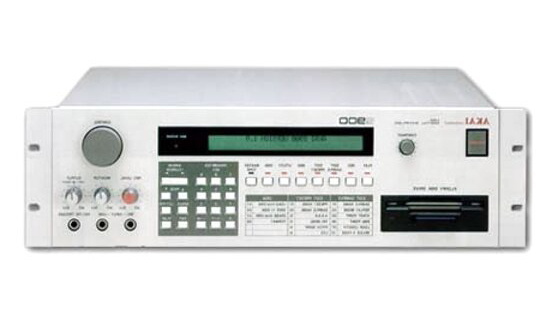
On the Cheetah, for example, we had just 512KB to play with – some people today don’t even know what a kilobyte is!
And we want it all playing over a double-speed funky drummer loop that will take your head off from a mile away
Basically this even more limited memory meant you had to push the available sampling rate down to 8kHz to get any sample time worth mentioning, resulting in sounds that would be distorted and brain trembling, but – rose tinted spectacles alert – would at least stand out in the boring, polished world of music production today.
So we want proper sampling back. None of your 35GB of sampled orchestras in £299 libraries.
We want a 3-second string loop – complete with not very good start and end fades – sampled at 8kHz, over a dub bass line created from sine waves from an Akai S-series sampler, and all played over a double-speed funky drummer loop that will take your head off from a mile away. Maybe someone could say 'ah yeah' occasionally too, if it doesn't push the sampling time.
So yes, give us those 1990s sampling restrictions back. We'd rather have Terrahawks than terabytes, if we're honest…
Sample CDs with 100 samples on them
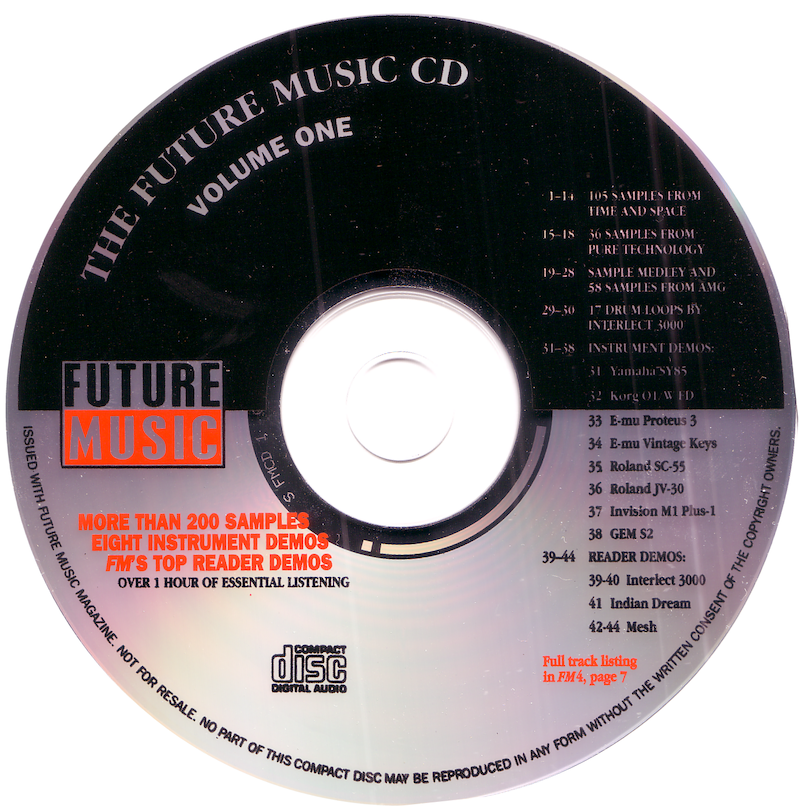
Whenever we open up our 2024 sample folders within our 10TB hard drive library of sounds we've collected over the years, it fills us with terror.
First of all, it's in such a state of disorganisation, we spend 20 minutes finding the right folder, and once we get there, do we really have to audition more than four sounds? By the time we've found a decent sound, the inspiration has flowed out of us like sewage flowing down the Thames…
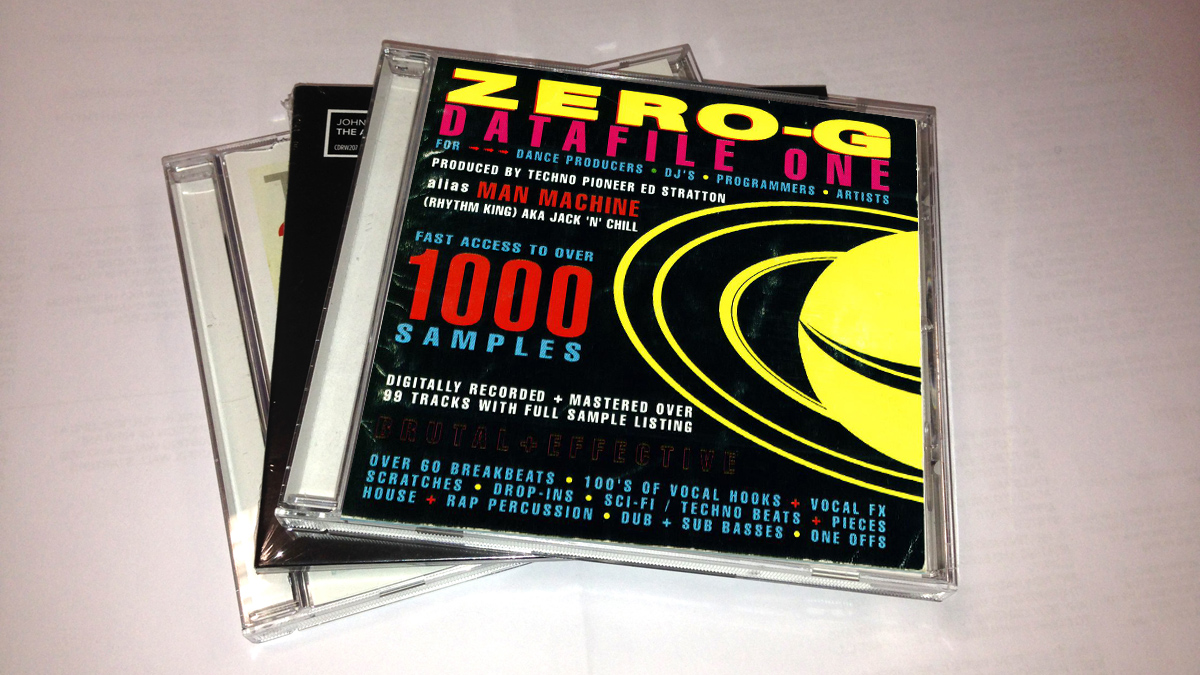
And you think we're joking when we say 'four' samples right?
Well, our first experience of proper sampling came by way of compact disc by The Shamen, where they gave four samples away on it (used in the song – Move Any Mountain, Shamen fact fans). We made 10 tracks with those four samples.
We rest our case. Bring back sample collections of 100 samples tops – 20 really – make them REALLY good and stick them on a CD so we're forced to listen to them all. Or make it a cassette. The kids love cassettes.
The Roland JP-8000 (or JP-8080)
The Roland JP-8000 was the 1990s in one synth – all virtual analogue, big leads and basses, and everything you needed for early dance music production. But its sound – think supersaw trance leads – lived on well beyond that decade.
We’re even willing to bet there are plenty of aged ravers, with sore (and fat) joints, dancing to its huge, detuned pads to this day, all gathering in fields near their nursing homes before being put back to bed by 8pm.

Bringing the Roland JP-8000 back in its original form might not be the best idea as it would probably be costly – it was a big old synth, so the postage costs alone could be frightening.
Why not give it a go with a Boutique JP-8000 Roland?
And maybe bringing it back in the current Roland Boutique form might not be practical either, thanks to the many front panel knobs and sliders that made it so welcoming and easy to use back in 1996.
That said, Roland did it pretty well with the similarly well stocked Roland JD-800, managing to squeeze a massive portion of its controls into the smaller Boutique JD-08 footprint, so why not give it a go with a Boutique JP-8000 Roland? Or give us a Cloud version of the JP-8000 at the very least?
Give us old-time dancers what we want Roland. And maybe a 1940s big band synth while you're at it.
A JV-1080… as a digital watch
Staying on a Roland theme – Roland did some great stuff back in the 1990s – we miss our JV-1080 sound module, and we miss digital watches (our Apple Watch just does too much).
So here’s an idea to kill two disappointment birds with one miniaturised-sound-module-idea stone: a JV-1080 – with room for the original JV expansions, we might add – as a digital watch!
Yes we have the Cloud version of the JV-1080 – and yes, I nearly fell asleep just writing that sentence – as in all honesty it’s not quite as good as using and hearing the real thing (or decide for yourself with this feature).
So give us a proper hardware JV-1080 that we can wear on our wrists. Or, ok, if you must, a Roland Boutique JV module crammed to the gills with every sound from the JV-1080 to the XV-5080, and do it for £199 inc. (Actually of all the 'ideas' we've had here, this is probably the best.)
Alesis Andromeda
Okay, we’re stretching the very definition of the 1990s here as the Alesis Andromeda officially arrived in 2000, but, hey, it was certainly being built in 1999, so stop pulling us up on technicalities, and thank us because you can watch the brilliant video above as a result.
It arrived at a time when analogue was not exactly out of fashion , but nor was it 'back' like it is now…
Anyone familiar with the current crop of Alesis releases will be amazed that the company ever released the Andromeda. It is a world away from MIDI controllers and mid-priced speakers, a huge (both physically and sonically) synth with a fairly complex architecture, but an amazing sound.
It was the first proper 16-voice analogue synth, and it arrived at a time when analogue was not exactly out of fashion, but nor was it back in like it is now. Coming from a company that at the time made studio monitors and long-term drum machines, it seems like madness. Even more so when the same company filed for bankruptcy a couple of years later.
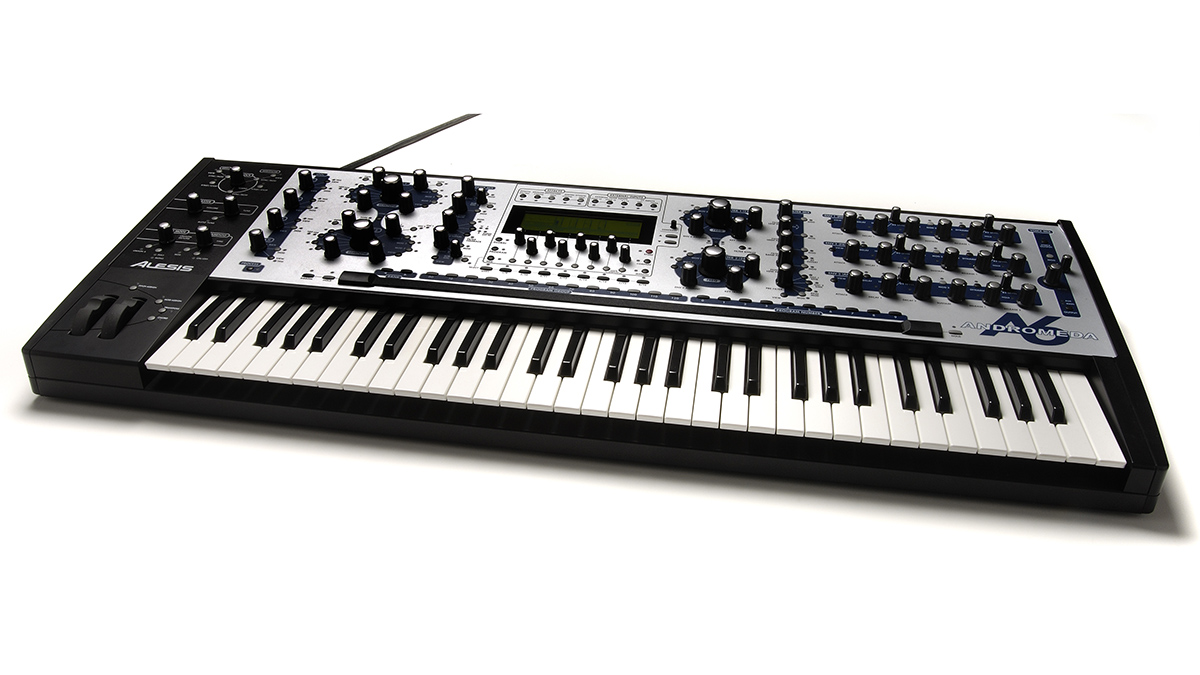
But the Alesis name was saved and the Andromeda lived on, incredibly for another decade. You can pick them up for decent money £$2,500-£$4,000 depending on condition, but they can be prone to niggling faults.
There might be many more analogue synths on the landscape these days but nothing quite like an Andromeda. It would be an unlikely comeback – almost as unlikely as its release in the first place – but parent company inMusic has just taken Moog into under its wings, so the expertise is there.
We'd even take a Boutique style Andromeda, or a decent software version to be honest. Any strain of Andromeda, as it goes.
Got any favourite 90s music or studio gear you'd like to see make a comeback? Let us know by email and we'll round them up for another feature.

Read more: Early DAWs: the software that changed music production forever


Andy has been writing about music production and technology for 30 years having started out on Music Technology magazine back in 1992. He has edited the magazines Future Music, Keyboard Review, MusicTech and Computer Music, which he helped launch back in 1998. He owns way too many synthesizers.
